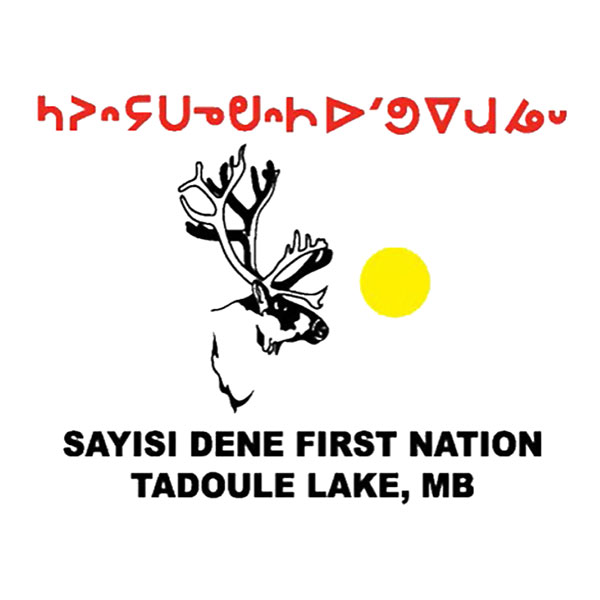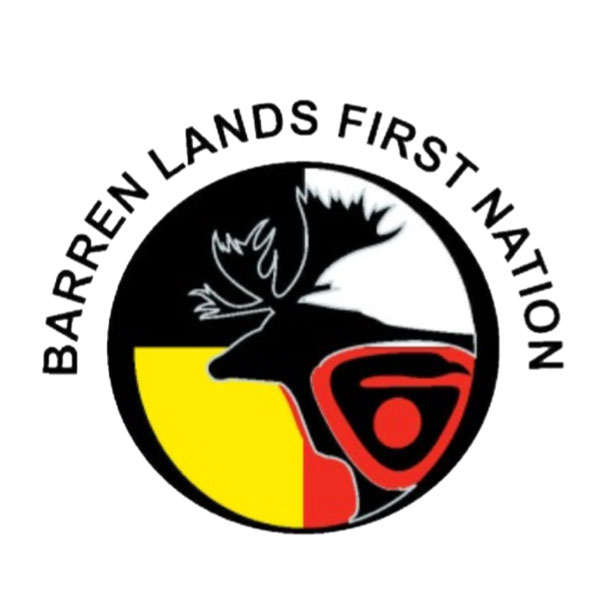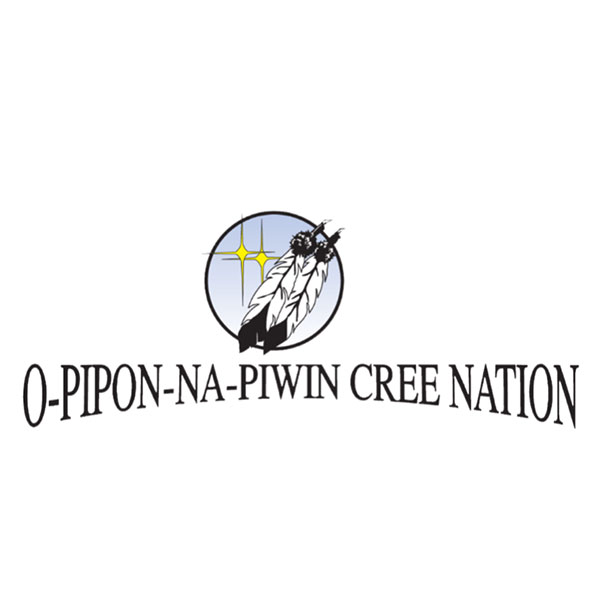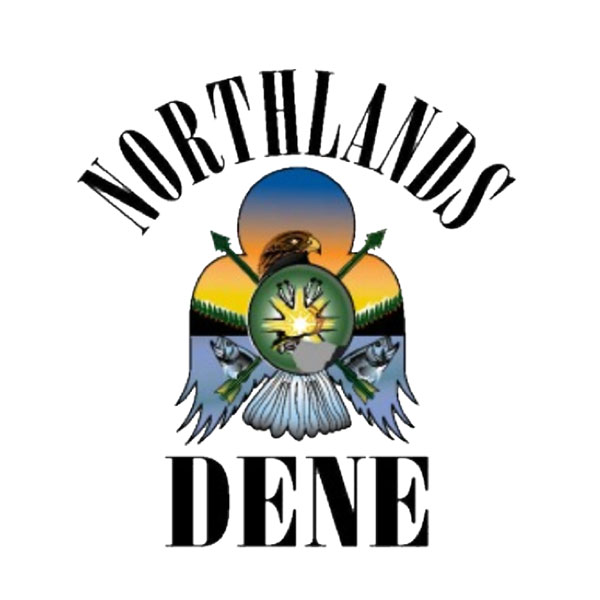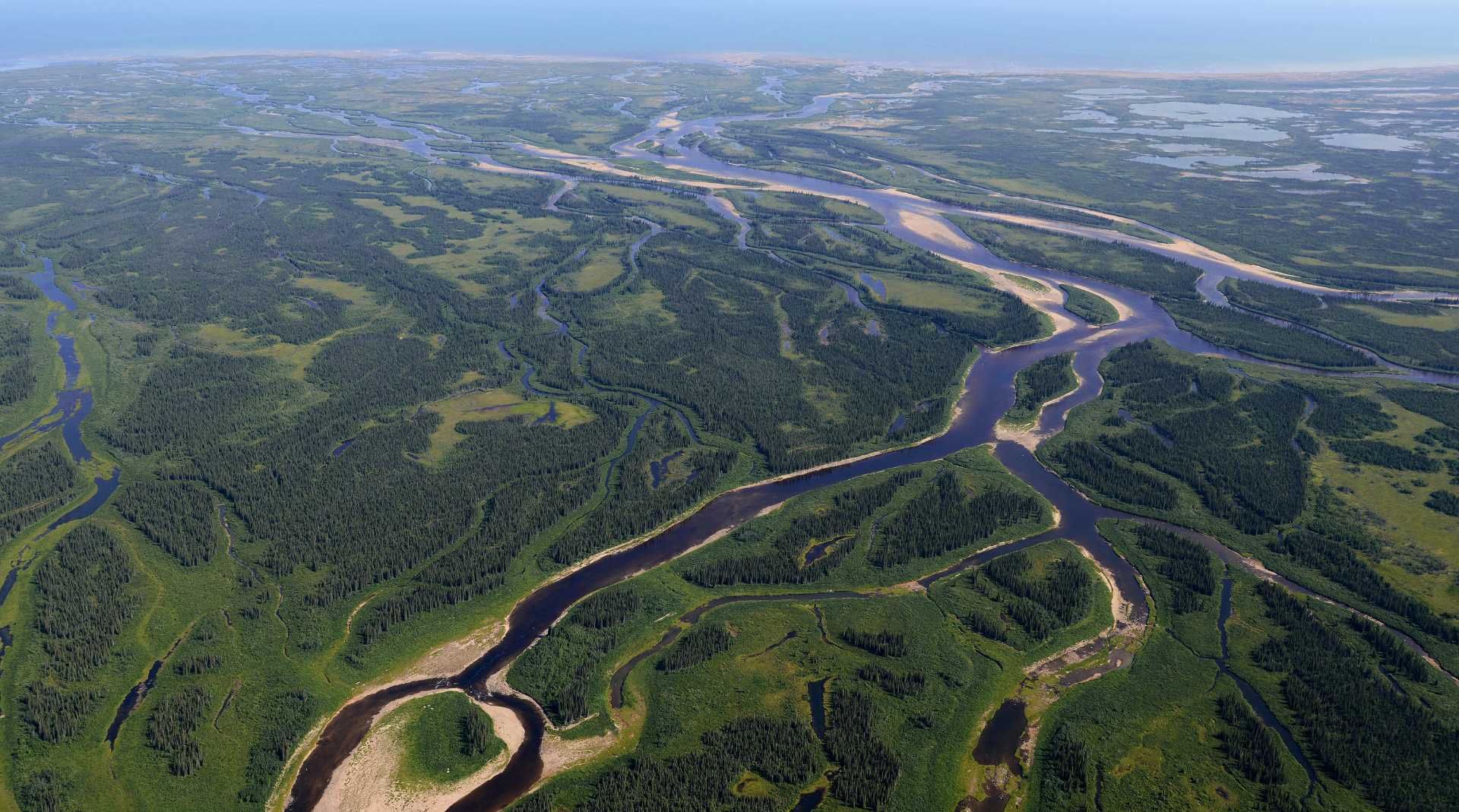
Support our initiative to
Protect One of the Largest Intact Watersheds Left on the Planet

Join us in caring for 50,000 km2 of pristine land in Northern Manitoba for generations to come.

Show actionable reconciliation by respecting Indigenous leadership.
Help Us Reach Our Goal!
11,766 of 20,000
Send a Letter On My Behalf
Thank you for signing up.
Future Generations Depend on the Choices We Make Today.
Establishing an Indigenous Protected Area Will:
01. Uphold Our Cultures + Languages
Our cultures and languages are rooted in our relationship to the caribou and the land. Protecting the watershed means protecting the spirit of our people.
02. Help Combat Climate Change
The Seal River Watershed safely stores 1.7 billion tonnes of carbon – equivalent to 8 years’ worth of Canada’s greenhouse gas emissions – preventing it from entering the atmosphere.
03. Sustain Animal Habitats
Protecting the watershed will help sustain our relationship with caribou as well as over 260 animal specials, including 25 species at risk.
04. Show Actionable Reconciliation
Respecting Indigenous Nations’ inherent right to steward these lands for our communities, for the caribou and for all people is reconciliation in action.
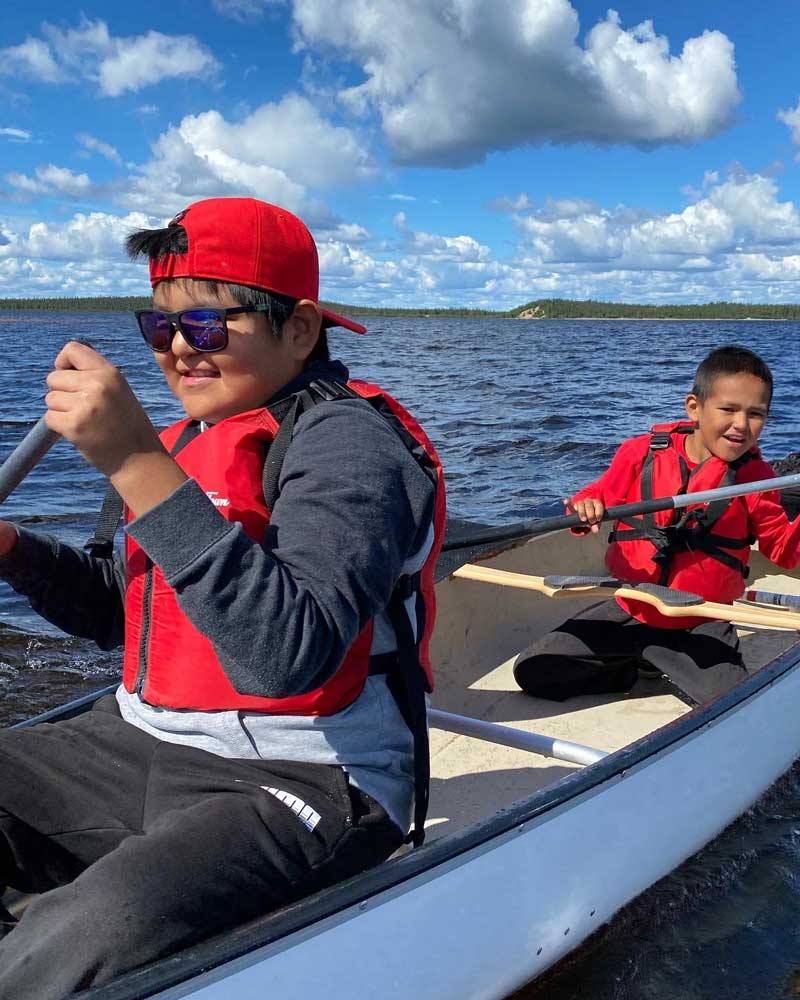
What is the Seal River Watershed?
The Seal River Watershed is 50,000 km2 of ecologically intact land in northern Manitoba. That means an area the size of Nova Scotia is free of mining developments and permanent roads, and sustains animals, plants, boreal forest, carbon stores, and clean waters.
Four First Nations—Sayisi Dene, Northlands Denesuline, Barren Lands, and the O-Pipon-Na-Piwin Cree First Nations—have cared for the Seal River Watershed for millennia and have come together to create a vision for the watershed’s future.
Why Establish an Indigenous Protected Area (IPA)?
An Indigenous Protected Area would permanently shield the land from industrial development and honour the leadership of four First Nations and our expert care of the land. Together, we envision a pristine watershed where people, animals, and fish are healthy, our languages and cultures thrive, and there is hope and abundance for all future generations.
Establishing this IPA will bring sustainable jobs in ecotourism that are rooted in respect for the land and ensure that Indigenous cultures are preserved for our grandchildren’s grandchildren.
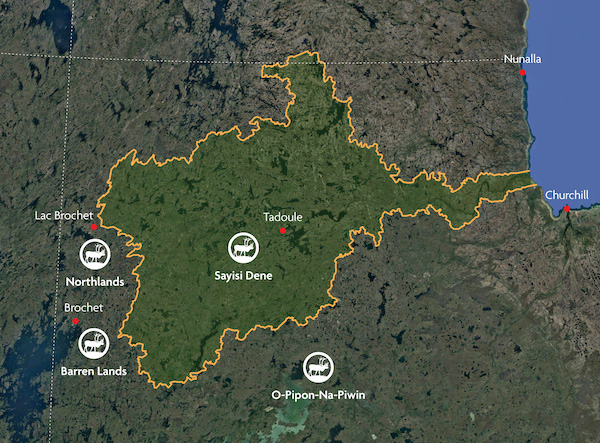
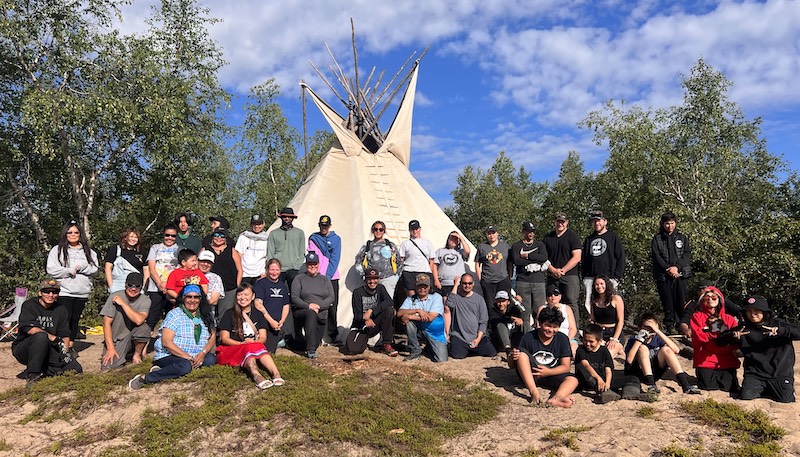
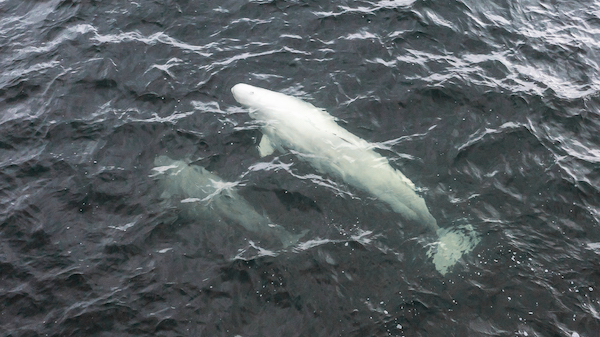
What is a Watershed?
A watershed is a land area that channels rainfall and snowmelt to creeks, streams, and rivers, and eventually to outflow points such as reservoirs, bays, and the ocean.
Indigenous Stewardship Has a Major Impact
Global
- Stores 1.7 billion tonnes of carbon, equal to 8 year’s worth of emissions in Canada
- Preserves one of the largest intact watersheds in the world
- Sustains caribou, polar bears, belugas, and over 25 other species at risk
National
- Helps set the standard for respecting Indigenous rights and leadership
- Helps reach Canada’s goal of 30% land and ocean protection by 2030
- Supports the ecotourism and recreation economy
Local
- Protects and sustains culture and language
- Builds a strong local economy based on sustainable land use
- Essential to the health and wellbeing of our people

Help Us Reach Our Goal!
11,766 of 20,000
Send a Letter On My Behalf
Thank you for signing up.
“Not Only For Ourselves, But For The People That Come After Us.”
Learn More About the Seal River Watershed Indigenous Protected Area Initiative
The Four Nations
The Sayisi Dene First Nation is leading the Seal River IPA initiative in partnership with our Cree and Dene neighbours: the Northlands Denesuline First Nation, Barren Lands First Nation, and O-Pipon-Na-Piwin Cree Nation. Learn more here.
Cultural + Ecological Importance
The Seal River Watershed sustains our people, cultures, and languages. It also sustains the lives of caribou, polar bears, moose, wolves, beluga whales, and hundreds of other animal species. See here to learn more about our relationship with the land and here to learn more about our conservation values.
Learn More
Learn more about the Seal River Watershed Indigenous Protected Area Initiative by visiting here.

